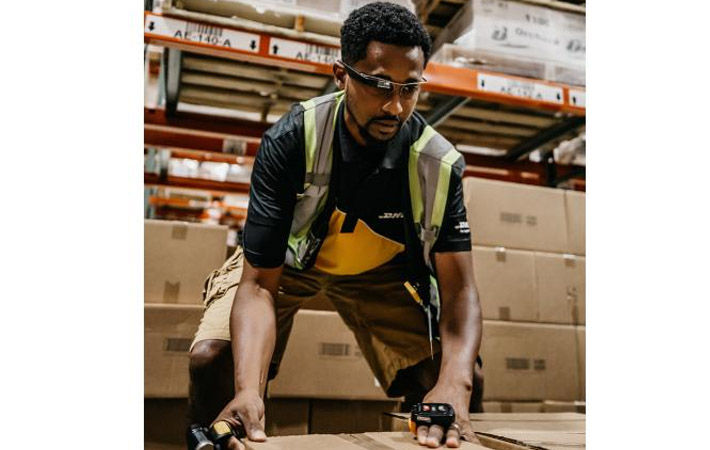
The six segments of the supply chain across which these will be realised are warehousing operations, long-haul transportation, last-mile delivery, back-office operations, customer service and supply chain planning, DHL said in a press release.
“We know that the digital transformation of logistics is not going to happen overnight, but we are now at a tipping point. Scaling digital transformation is people-led and technology-accelerated. From this perspective, we must prepare for the realities of augmented and automated futures today, and enable employees to play an active role in shaping the future of work alongside their organization,” says Klaus Dohrmann, vice president, innovation Europe and trend research, DHL Customer Solutions & Innovation.
With augmenting technology, employees like warehouse specialists and couriers will perform quicker, safer and with less physical and mental effort due to new smart technologies. The workspace primarily used as office space will also reduce, permitting more real estate to be dedicated to logistics functions like warehousing, as technology enables office staff to work remotely, the DHL report said.
With automated technology, machines and collaborative robots would perform operational tasks with around-the-clock efficiency and with little-to-no errors, ensuring the continual upkeep, optimisation and expansion of a fully digitalised logistics industry. A shift in the workforce towards jobs that keep the supply chain running will also be observed.
As augmenting and automated technologies each provide their own advantages and challenges when adopting them into a supply chain, DHL does not expect either of these two concepts to wholly integrate, especially in the course of the next 10 to 20 years.
Like any large-scale change process, the shift to the future of work in logistics will require careful planning, active management, open communication, inspirational and pragmatic leadership, and novel approaches. These can be broken down into three key levers of success: new leadership and roles, new learning and development, and new work models and environment, DHL said.
It is important that leaders bring employees along and make them an active participant in change. By doing this they can cultivate an environment of preparation and adaption and provide avenues for workers to grow through retraining and upskilling, it said.
The logistics industry, therefore, needs to communicate and collaborate with government institutions, societal organisations and other industries to ensure that talent does not idle, DHL added.
Fibre2Fashion News Desk (DS)